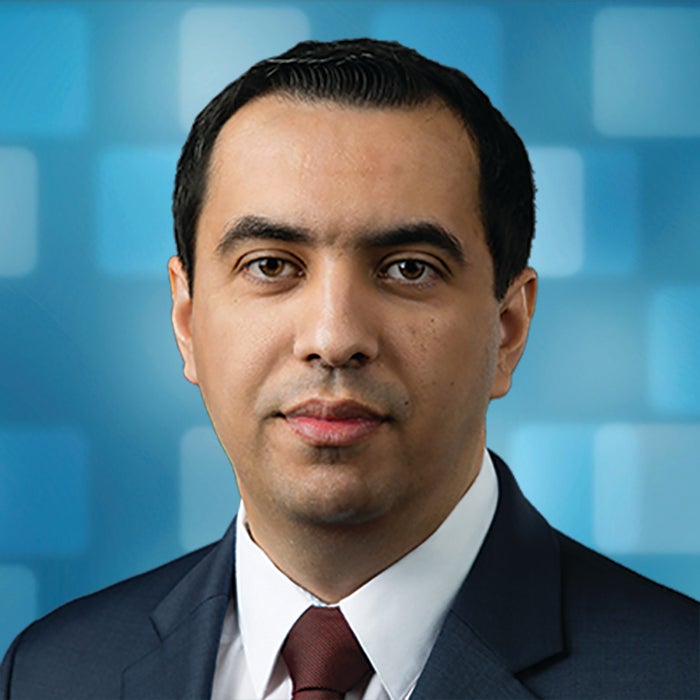Extracting 3D information from 2D images

A picture is worth a lot more than a thousand words, says Vitaliy Yurkiv, a research assistant professor in mechanical and industrial engineering at UIC.
Yurkiv and his team have developed a machine learning technique to extract hidden three-dimensional information from a two-dimensional image. The researchers will apply the new technique to chemically complex metallic-alloy nanoparticles called high-entropy alloys. This is a fairly new phenomenon in research in which five and more elements are mixed and remain stable.
The research, which is mainly theoretical, has the potential to accelerate experimental research projects as it reduces the time to analyze images and nanoparticles.
High-resolution transmission electron microscopy can take hundreds of pictures very fast. Then a researcher uses special software to analyze an image containing one or several nanoparticles, which can take up to a day, depending on the complexity of the nanoparticle.
“If we are fully successful, it can reveal information of nanoparticles in five to 10 seconds. In one day, we can actually analyze hundreds of nanoparticles,” Yurkiv said. “If we fully train the neural network to identify nanoparticles as well as elements in them, we can process hundreds of particles in half an hour.”
The information revealed in the process is more than meets the eye. “A 2D picture contains 3D information because the subject matter is three dimensional,” Yurkiv explained. “We are looking closely at verity of nanoparticles with applications in energy storage, conversion and catalysis.”
Professor and Department Head Farzad Mashayek and Professor Reza Shahbazian-Yassar are co-principal investigators on this project.
Shahbazian-Yassar’s group will generate the experimental images using high-resolution transmission electron microscopy and scanning transmission electron microscopy. Mashayek will work with Yurkiv to develop a neural network and train it based on the experimental images provided by Shahbazian-Yassar’s lab.
“A significant benefit of this work is an in-house interaction between experiments and the modeling group,” Yurkiv said. “If there are any questions we can meet, discuss, and resolve the problem quickly.”
The research is supported by a National Science Foundation grant of nearly $500,000 for three years titled “CDS&E: A Deep Learning Framework for Evaluation of Electron Microscopy Images of Chemically-Complex Metallic Materials.”
Learn more about Yurkiv’s research at the Energy Storage and Conversion Modeling Laboratory website.